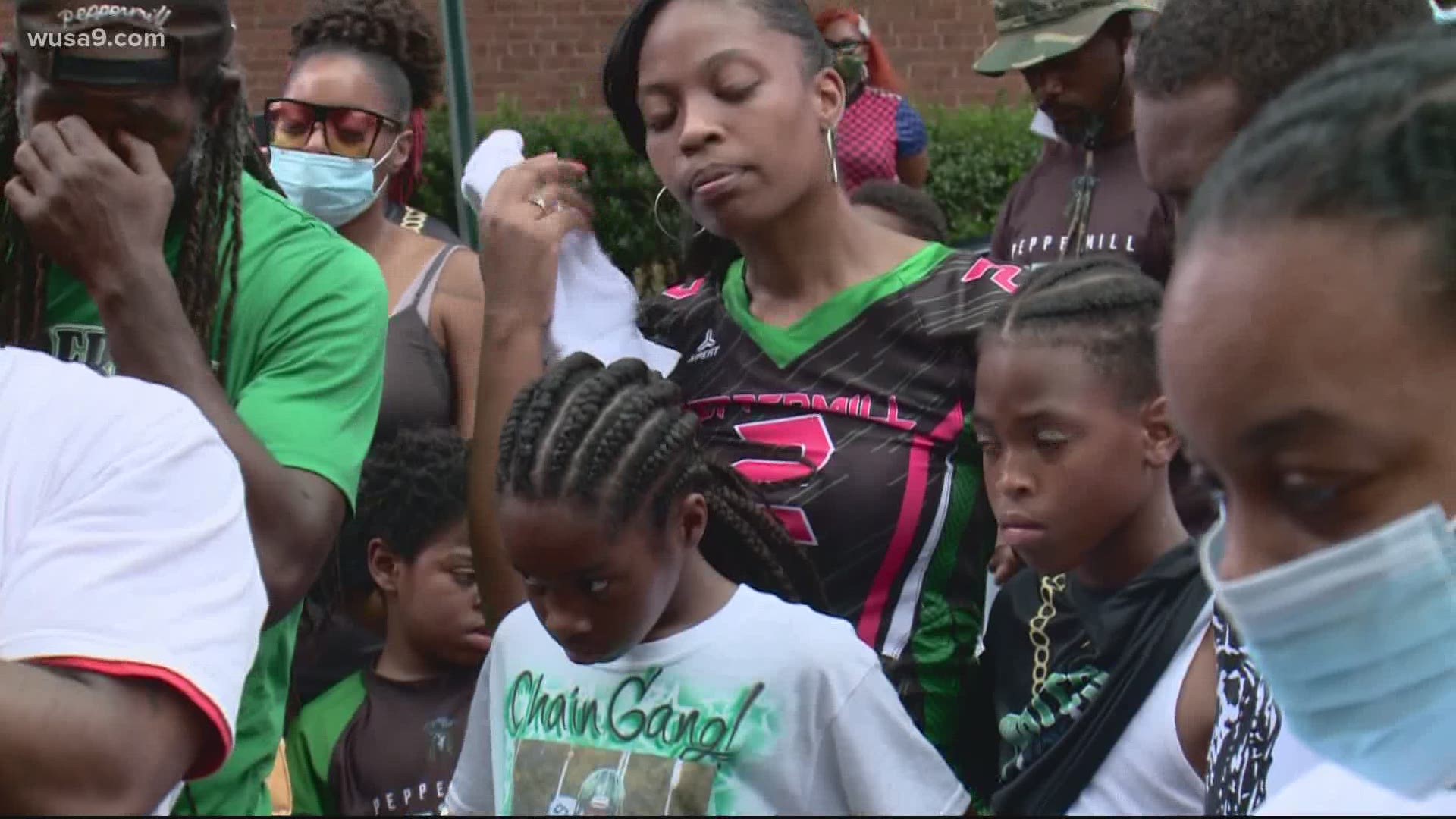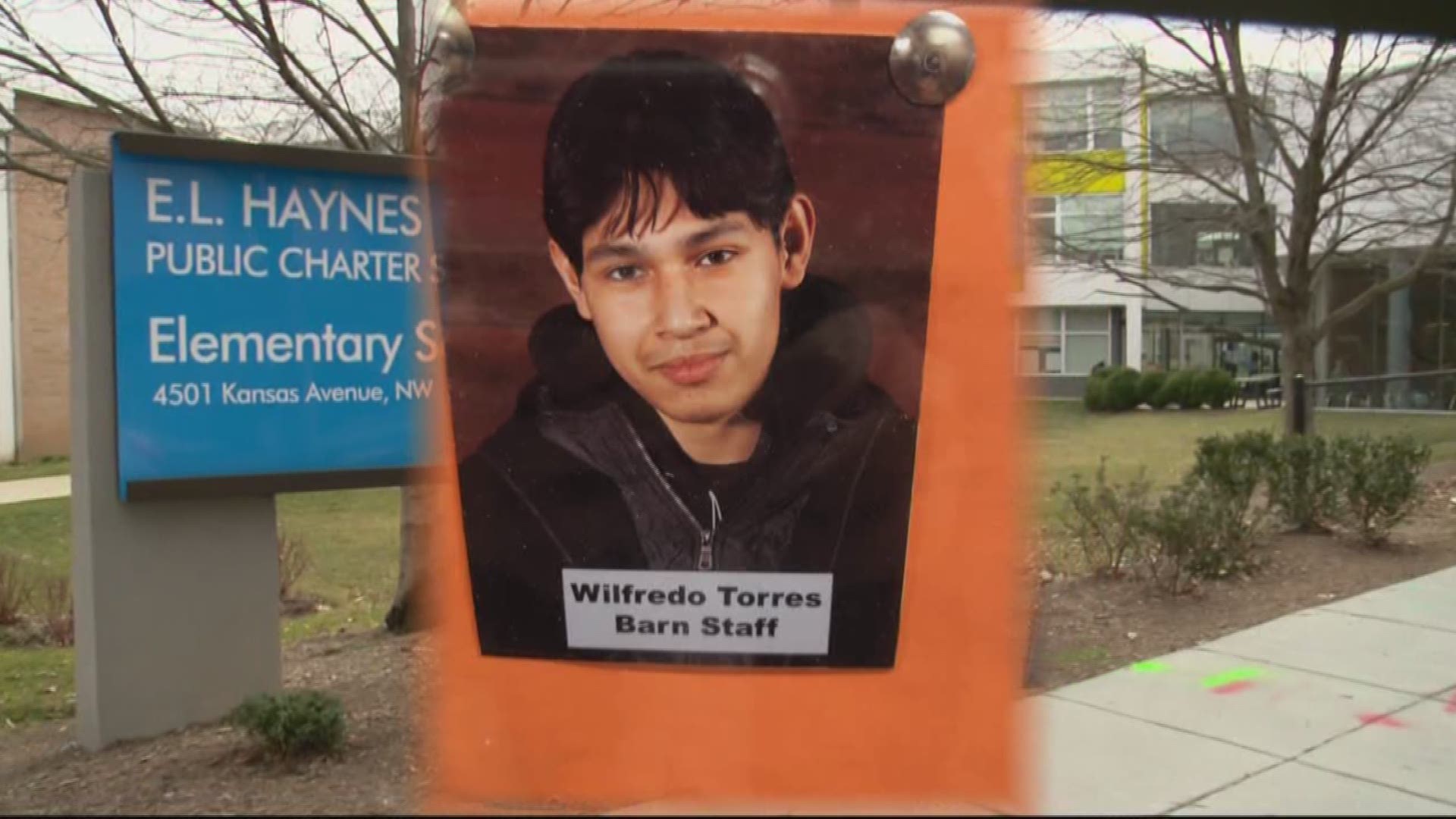WASHINGTON — John Ayala knows the pain that comes from losing a loved one to violence. It’s been eight days since his grandson, 11-year-old Davon McNeal, was shot and killed in Southeast D.C.
“I’m holding on, I’m making it,” Ayala said. “The family is holding on … every now and then everybody will breakdown, but for the most part, we’re holding on.”
McNeal’s death is one of many homicides so far this year in the District.
According to data from the Metropolitan Police Department — updated as of July 10, 2020 — there have been 94 homicides in 2020, compared to 80 at this same time in 2019. That’s an increase of 18 percent.
Overall, MPD data showed 2019 as the year with the highest number of homicides in the district the past decade, with 166. Right now, based on the numbers so far in 2020, D.C. is on pace to pass that.
The gun violence seen in recent years follows trends that have been documented in our Nation's Capital over the last decade or more.
From 2008 through 2017, D.C. had a high rate of gun-related murders, with a rate of 13.5 gun homicides per every 100,000 people, according to a study by the Center of American Progress.
The study also shares that during this time period, approximately 95% of D.C.'s gun homicide victims are Black; however, roughly 49% of its population is Black.
The violence is something Ayala feels needs to stop.
“Right now, it is definitely out of control,” Ayala said. “People have guns from where they break into people’s houses, they’re finding them … they’re breaking into people’s cars and finding them.”
Guns are just one of the issues Ayala says need to be taken care of.
As the director for the Washington D.C. Guardian Angels — a nonprofit group that works with police to prevent crime in local communities — he says there needs to be a focus on education and communication.
“My thing is, we have more murders in our community from people that look like me murdering people that look like me. That has to stop.”
According to him, it starts with kids age 15 and up, and talking to them about potentially negative influences like television shows and video games.
“So as they’re growing up, they will understand this, and hopefully they’re not going to pick up guns,” Ayala explained. “They’re going to go out there and be role models to other young people … and the more people we can get involved in being role models, the hopefully the less people we will out there toting these guns.”
Ayala insists it’s about establishing a positive environment for these kids and getting them to influence their peers; ultimately building a better chance for a less violent future.
“Our goal is to go into communities before there are incidents occurring … these murders … and going into communities after these murders occur, and counseling people, and trying to let these people in the community know they got somebody to talk to.”
The Gifford Law Center estimates that 1,500 children are shot each year and says gun violence is the second-leading cause of death among children overall and the first-leading cause of death among black children.
Black children are 10 times more likely to be killed in a gun homicide than White children, added the center.



